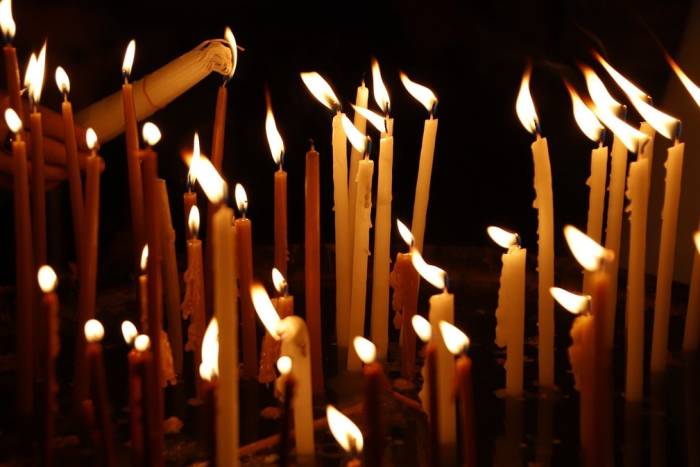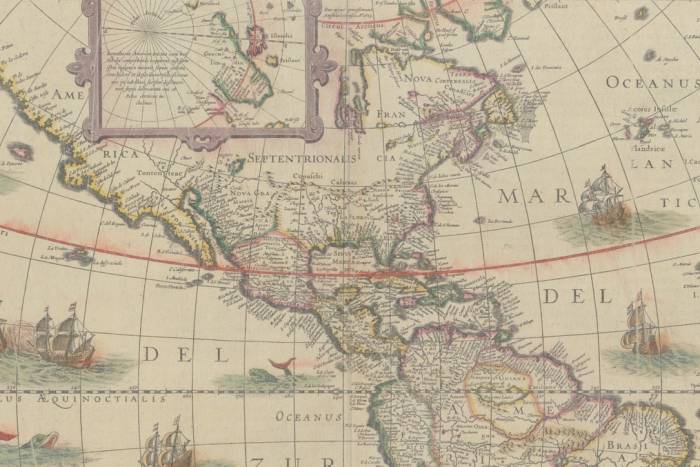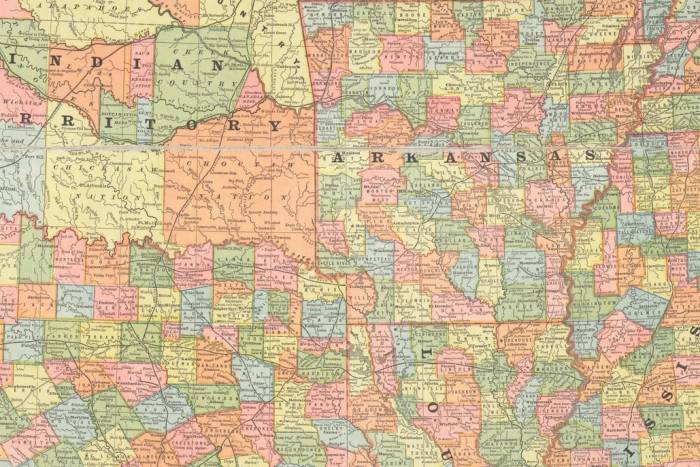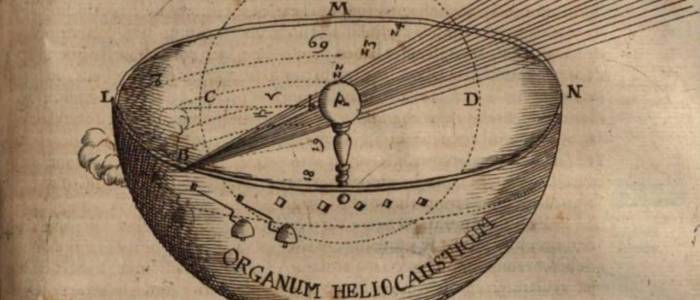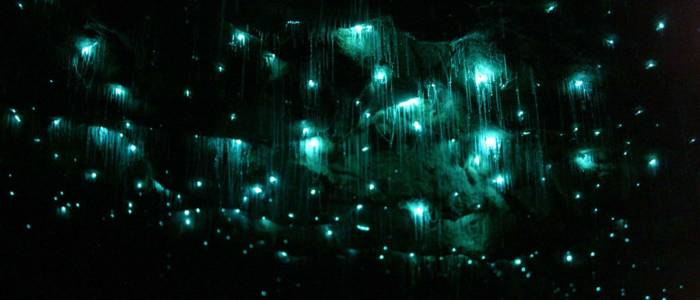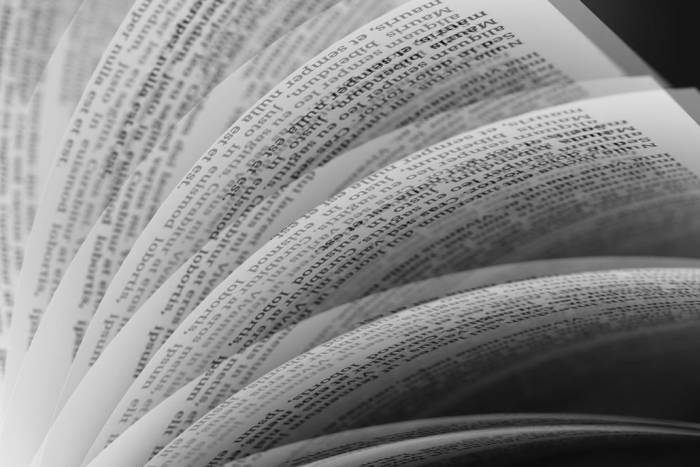The Book Nobody Can Read: What Secrets Does the Voynich Manuscript Keep?
A researcher has been able to read a handful of words in this book, which for over five centuries has defied the imaginations of the world's most brilliant paleographers and linguists.
The Voynich manuscript is one of the most coveted bibliographic treasures known to man, a true password of sorts. Its origins (medieval, according to specialists) have been linked to Leonardo Da Vinci, Francis Bacon, the Aztecs, the Cathars, secret orders, Arab telepaths, the lost tribe of Israel, and even alien civilizations. The language that flows through its illustrated pages resembles many human languages, but it has yet to be translated to one of them.
What use is a book that cannot be read? It is precisely the treasure of the unknown what bibliophiles, collectors and linguists alike have tried to discover in its parchment pages. The fictional solutions of the enigma have even led Indiana Jones, possibly the most famous explorer to date, to read in it the secret for finding the coveted philosopher’s stone, and since the 15th century the manuscript has appeared in letters, bookstore catalogues and national libraries, harvesting its quota of impossible and perplexed readers.
However, a scholar from Bedfordshire University, in England, claims he has penetrated the surface of the text just enough to extract a close translation of ten of its words. This event could be compared to the enthusiasm the first readers of the Rosetta Stone experienced just over a century ago, when they realized they had found the key to decipher Ancient Egypt’s language. With this new apparent find in the Voynich, all the illustrations of exotic plants, stellar formations and human figures that comprise it could be at our grasp.
Expert in Semitic languages Stephen Bax, left specialists awestruck when he revealed the following handful of words: “Taurus”, “cilantro”, “hellebore” and “juniper”.
Is this, perhaps, a gourmet shopping-list, an astral catalogue or an inventory of magical plants used to conjure spirits? Nobody knows, just as nobody knows if these words are actually there. But Bax’s method for finding them seems sufficiently adequate. It consisted of identifying names that appear in the text more than once, and comparing them to Arabic manuscripts written during the same period. According to Bax, the text seems to describe, in addition to plants, the seven stars of the Pleiades.
Clearly, a work of this proportion requires the arduous work of more than one man. “My objective is to encourage other linguists to work with me to decipher the sequence… In this way, perhaps we will be able to understand what its mysterious authors were trying to tell us,” said the scholar.
With his contribution, regardless of its results, he opened a small glimmer of hope: The Voynich manuscript is no longer considered (or at least not by all) a hoax or a metaphysical joke. Its language, as any other code, has rules; understanding them could allow us to transit through its jumbled pages as if it were a city we know by heart. In the meantime, its heavy pages keep secrets as treasures.
Related Articles
When ancient rituals became religion
The emergence of religions irreversibly changed the history of humanity. It’s therefore essential to ask when and how did ancient peoples’ rituals become organized systems of thought, each with their
Seven ancient maps of the Americas
A map is not the territory. —Alfred Korzybski Maps are never merely maps. They’re human projections, metaphors in which we find both the geographical and the imaginary. The cases of ghost islands
An artist crochets a perfect skeleton and internal organs
Shanell Papp is a skilled textile and crochet artist. She spent four long months crocheting a life-size skeleton in wool. She then filled it in with the organs of the human body in an act as patient
A musical tribute to maps
A sequence of sounds, rhythms, melodies and silences: music is a most primitive art, the most essential, and the most powerful of all languages. Its capacity is not limited to the (hardly trivial)
The enchantment of 17th-century optics
The sense of sight is perhaps one the imagination’s most prolific masters. That is why humankind has been fascinated and bewitched by optics and their possibilities for centuries. Like the heart, the
Would you found your own micro-nation? These eccentric examples show how easy it can be
Founding a country is, in some ways, a simple task. It is enough to manifest its existence and the motives for creating a new political entity. At least that is what has been demonstrated by the
Wondrous crossings: the galaxy caves of New Zealand
Often, the most extraordinary phenomena are “jealous of themselves” ––and they happen where the human eye cannot enjoy them. However, they can be discovered, and when we do find them we experience a
Think you have strange reading habits? Wait until you've seen how Mcluhan reads
We often forget or neglect to think about the infinite circumstances that are condensed in the acts that we consider habitual. Using a fork to eat, for example, or walking down the street and being
The sky is calling us, a love letter to the cosmos (video)
We once dreamt of open sails and Open seas We once dreamt of new frontiers and New lands Are we still a brave people? We must not forget that the very stars we see nowadays are the same stars and
The sister you always wanted (but made into a crystal chandelier)
Lucas Maassen always wanted to have a sister. And after 36 years he finally procured one, except, as strange as it may sound, in the shape of a chandelier. Maassen, a Dutch designer, asked the

